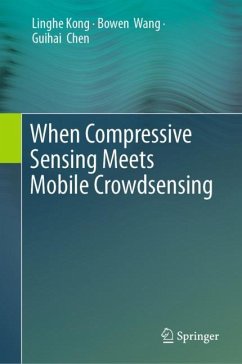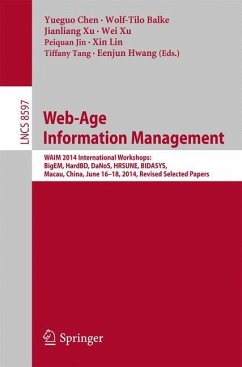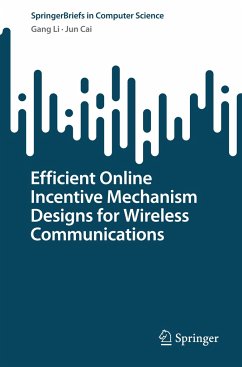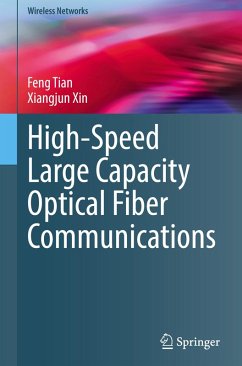
Perturbation Based Privacy in Crowdsensing

PAYBACK Punkte
69 °P sammeln!
This book investigates perturbation-based privacy in crowdsensing systems. The authors first present an explicit overview of crowdsensing systems and privacy challenges and briefly discuss how the noise added by perturbation-based privacy-preserving techniques could inevitably degrade data quality and facilitate the success of data poisoning attacks on crowdsensing.The authors then give a comprehensive review of classical privacy notions for perturbation-based privacy-preserving techniques and theoretically analyze the relations between these privacy notions. The next four chapters conduct a s...
This book investigates perturbation-based privacy in crowdsensing systems. The authors first present an explicit overview of crowdsensing systems and privacy challenges and briefly discuss how the noise added by perturbation-based privacy-preserving techniques could inevitably degrade data quality and facilitate the success of data poisoning attacks on crowdsensing.
The authors then give a comprehensive review of classical privacy notions for perturbation-based privacy-preserving techniques and theoretically analyze the relations between these privacy notions. The next four chapters conduct a series of studies on privacy preservation in crowdsensing systems from three dimensions of data privacy, data utility and data poisoning. Finally, the book explores open issues and outlines future research directions for perturbation-based privacy preservation in crowdsensing systems.
Advanced-level students majoring in the areas of network security, computer science andelectrical engineering will find this book useful as a secondary text. Professionals seeking privacy-preserving solutions for crowdsensing systems will also find this book useful as a reference.
The authors then give a comprehensive review of classical privacy notions for perturbation-based privacy-preserving techniques and theoretically analyze the relations between these privacy notions. The next four chapters conduct a series of studies on privacy preservation in crowdsensing systems from three dimensions of data privacy, data utility and data poisoning. Finally, the book explores open issues and outlines future research directions for perturbation-based privacy preservation in crowdsensing systems.
Advanced-level students majoring in the areas of network security, computer science andelectrical engineering will find this book useful as a secondary text. Professionals seeking privacy-preserving solutions for crowdsensing systems will also find this book useful as a reference.












